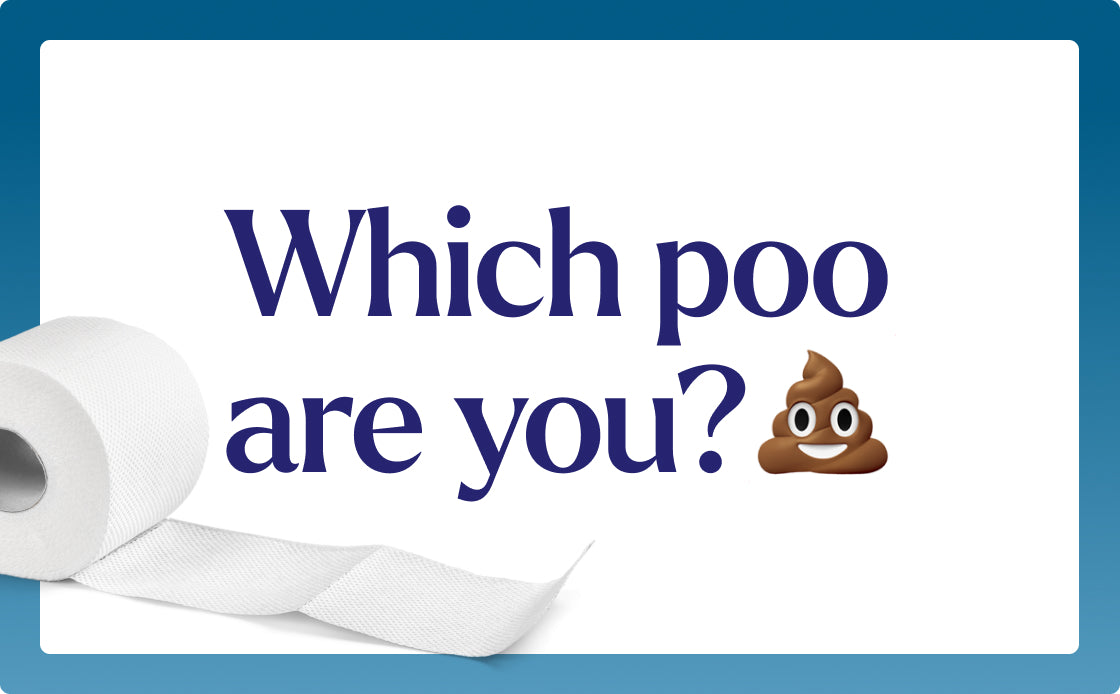
Biotic⁺

Gratis Versand auf Bestellungen ab 50 €






4.8/5 based on 6,169+ reviews






Rabattcode? Füge ihn im nächsten Schritt hinzu.
4.8/5 based on 6,169+ reviews

By bundling them, you save 14% every month – getting you the best price.

By bundling them, you save 14% every month – getting you the best price.

By bundling them, you save 14% every month – getting you the best price.

By bundling them, you save 18% every month – getting you the best price.

By bundling them, you save 18% every month – getting you the best price.

By bundling them, you save 18% every month – getting you the best price.

By bundling them, you save 18% every month – getting you the best price.
Breathwork coach Jamie Clements joins us to help you breathe and calm any unrest in your body.

Jamie Clements can help you relax in under 10 minutes. The breathwork coach, mental health ambassador, and founder of The Breath Space believes that even a short session of mindful breathing can deliver huge benefits to our mental and physical health.
Today on The Braincare Podcast, Jamie shares his tools and techniques to help you calm yourself using the power of your own breath. You can listen to the benefits of breathwork here , and join us here , where he dives into a short breathing practice to calm your central nervous system.
Have you ever considered the effect your breath has on your body? You breathe all day, all night, every single day. It’s an unconscious bodily function, but one you can also control consciously.
Your breath has the ability to dive into your subconscious and clear blocked emotional energy. If done correctly, you can tap into something called the “autonomic nervous system”. Breath is the only part of this system that we can consciously control. It’s one of the most powerful tools in your arsenal—you just need to learn how to hack it.
Your autonomic nervous system is made up of two components—the sympathetic nervous system and the parasympathetic nervous system. The sympathetic side triggers the “fight or flight” response, whereas the parasympathetic side sets off the “rest and digest” mode.
Internal distress causes your body to release the cortisol, which increases your blood pressure and heart rate. This is your fight or flight response, and it evolved as a survival mechanism that allowed humans to quickly react to life-threatening situations. Unfortunately, for some people, this response becomes activated in situations where no real danger is present. How do you shut it off?
Cadence breathing has the ability to calm your body and quieten your mind. The plus side? It’s simple—the focus is on exhaling longer than you’re inhaling.
Breathe in...2...3...4. Out...2...3...4...5...6.
An extended exhale stimulates that relaxing rest and digest mode—this is the state you need to be in to properly relax, digest your food, and sleep. On the other hand, an emphasis on the inhale triggers a more energizing fight or flight response—this is the state you want to avoid if you’re trying to find calm.
Diaphragmatic breathing is another simple way to activate the rest digest response. This is done by picking a point in your lower belly and breathing into that space. This exercise, along with any other breathwork practice where the focus is on a longer exhale is going to help with the process of down-regulating the nervous system.
Even 1-2 minutes of breathwork is enough to start that shift into your rest and digest mode. It’s a quick and easy solution for whenever you feel overwhelmed. We encourage you to keep getting curious with your breath as another way to stay on top of your braincare.
The average brain health score is 51/100. Take our 3-minute quiz to learn how yours measures up and how to boost it.

 Health
Health
4 minutes read
Dr Ramy Saad
 Health
Health
4 minutes read
Dr Ramy Saad
 Health
Health
9 minutes read
Ruby Dalziel
 Health
Health
4 minutes read
Dr Ramy Saad
 Health
Health
10 minutes read
Ruby Dalziel
 Health
Health
4 minutes read
Heights







